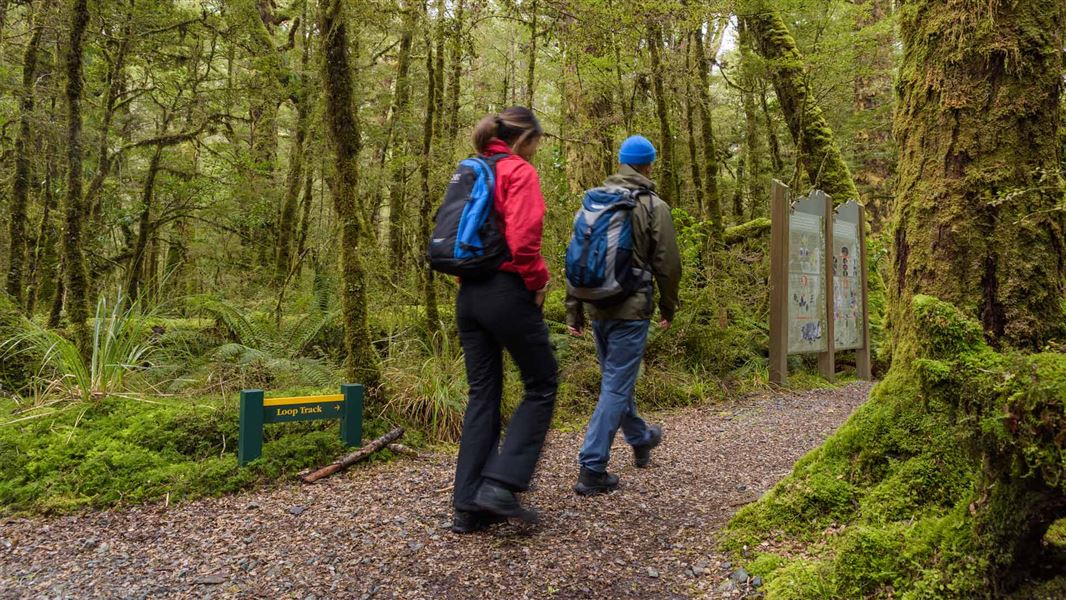Data and insights
While there is a strong commitment to research and evidence-based action, organisations are often hampered by a lack of readily available data. The Data and Insights sub-group aims to address this and improve the quality and accessibility of land safety prevention information.
The first project of the Data and Insights group was a stocktake of existing research and data sources. See a list of available research.
The sub-group currently has two projects underway:
- Two reports from the Adventure Voice research panel (operated by Mountain Safety Council) – one on outdoor recreation participation and another on skills acquisition
- Research into visitor risk perception and messaging influence – an update of previous research published in 2020.
Adventure Voice Outdoor Recreation Participation report (PDF, 24,358K)
Adventure Voice Understanding Trampers Skills (PDF, 2,046K)
Visitor Risk Perception and Messaging Influence Research – Focus Groups Report (PDF, 6,281K)
Visitor Risk Perception and Messagin Influence Research – Field Research (PDF, 1,916K)
Signage
The Forum’s Signage subgroup has a focus on recreational hazard and risk communication.
Recognising the absence of agreed good practice for outdoor land-based safety signs and the prevalence of inconsistent signage across the country, the subgroup has developed a good practice guide for the sector.
The guide will support the production of more consistent and effective safety signs. It sets out evidence-based good practice that can be used by anyone involved in developing and managing safety signs in outdoor land-based recreation settings in Aotearoa New Zealand.
As part of this project, the subgroup commissioned a literature review to identify factors that increase the effectiveness of safety signage. This was published in 2023 by Stephen Espiner and Megan Apse of Lincoln University.
The good practice guide draws on the findings from this review.
Good practice guide for outdoor safety signs (PDF, 2,566K)
Read the literature review (PDF, 1,094K).
Marketing and Communications
This new sub-group works together to share good practice, learn about upcoming communications campaigns, and promotes the use of clear, consistent safety messages.
Current projects include raising awareness about emergency beacon options, improving outdoor signage, and updating videos that explain the meaning of a rāhui.
The Forum is also planning webinars on topics like working with influencers and tackling misinformation, while exploring new technologies and partnerships to make safety information easier to access.
